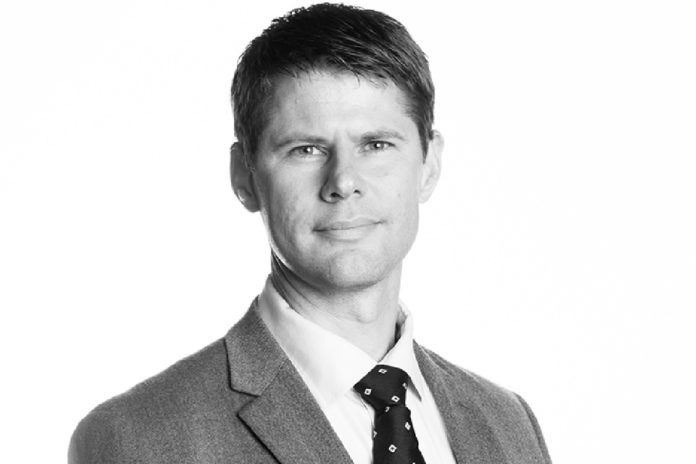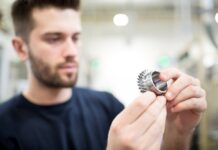Danish manufacturer AddiFab took up the challenge to deliver the freedom of additive manufacturing with the volumes of injection molding in a unique manufacturing process. Its technology? A novelty called Freeform Injection Moulding.
In this Opinion of the Week series, the company’s CEO Lasse G. Staal shares an insight into this intriguing technology and how it ambitions to allow customers to move directly from a prototyping stage to a volume production phase.
Engineer by training, Staal gained experience in the development of advanced medical devices for cancer diagnostics and treatments at the beginning of his career. From management consulting to software development, the CEO built up expertise in management roles of software development teams before diving into additive manufacturing.
Back to the beginning
AddiFab was founded around 6 years ago by Jon Jessen, Peter Lund Sørensen and Staal but actually appeared on our radar last year after it announced its collaboration with Mitsubishi Chemical.
The whole story started with a medical device development project. The three cofounders share the same background in the hearing aids industry. However, in 2014, Jessen and Lund Sørensen discovered that no AM system could achieve automated production of large numbers of miniature precision components. Staal’s significant contribution in fund-raising enabled the company to really take off.
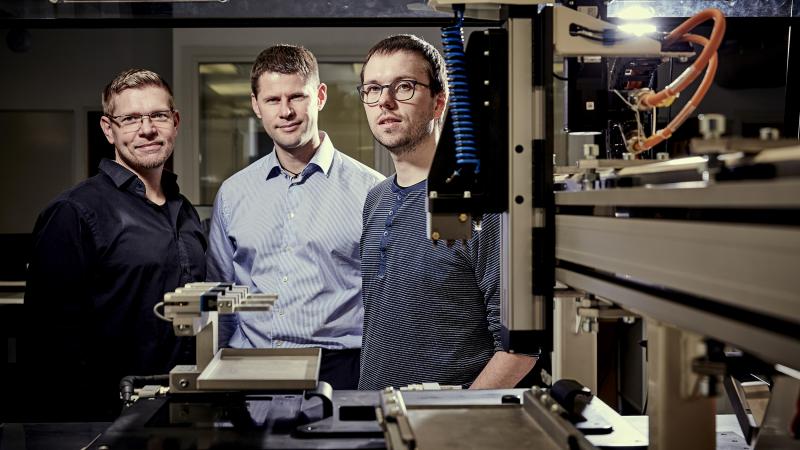
When asked what exactly Freeform Injection Moulding is, with a sense of humour, Staal first replied with a counter-question: “What are the key reasons that prevent product developers from using injection molding already in the prototyping stage?”
Well, the answer lies in the advantages offered by Additive Manufacturing: reduce long lead-times, save costs & design freedom. Advantages that have been leveraged to achieve prototyping applications but that still raise questions when it comes to scalability, not to mention the numerous challenges that the technology might raise during the manufacturing process – especially at the materials level.
“The net effect – a gap between prototyping and production – is what led us to develop Freeform Injection Molding (FIM). At AddiFab, we perceive FIM as the natural evolution of both AM and injection molding. FIM exploits the short lead-times and low start-up costs of AM, but we print injection mold inserts instead of parts. These inserts are compatible with the entire range of injection-moldable materials – from the softest rubbers to the hardest metals – and replace metal inserts in the injection molding tool chain. On top, we have introduced dissolvability to bring the design freedom from AM into the hands of injection molders. In effect, we are creating the perfect prototyping and short-series manufacturing add-on to conventional injection molding”, explains Lasse G. Staal.
FIM and its materials
So, based on its name and the process explained by AddiFab’s cofounder, FIM is a technology that is closer to injection moulding. The manufacturer takes advantage of the installed base of injection moulding hardward and its materials. They have been able to make FIM compatible with a wide range of standard injection-moldable feedstocks.
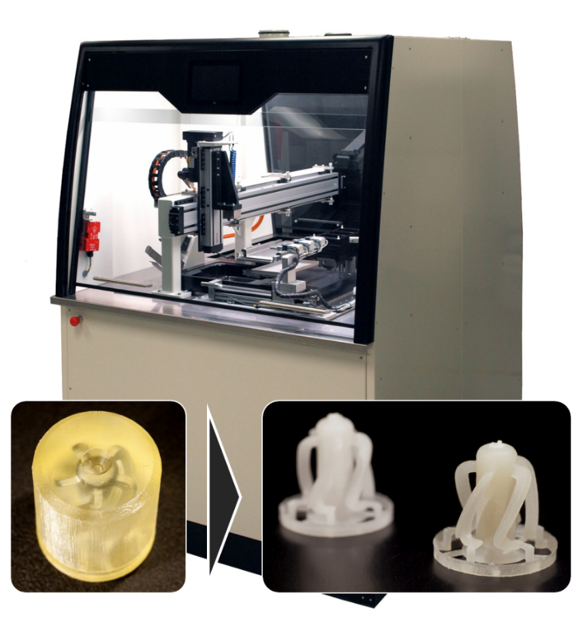
In that regard, FIM users should, as per the words of the company representative, obey the laws of injection mold component designs, support seamless scalability from printed tooling to conventional metal tooling as demand picks up.
With this straightforward, entirely unique technology, FIM offers the same degrees of freedom as what AddiFab pleasantly calls “conventional AM”. Indeed, AM has been acknowledged for its wide range of benefits, but despite the numerous partnerships between 3D printer manufacturers and material producers, the advancements in material science are tangible but not enough as there is still a demand to meet in the market.
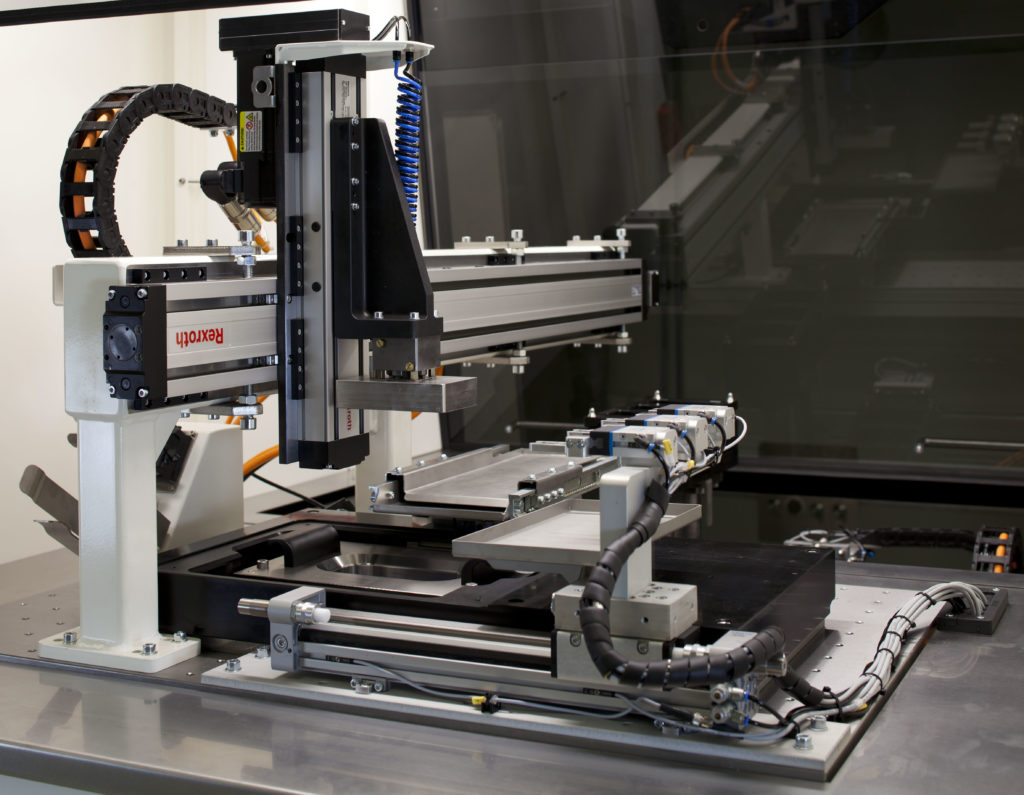
So far, AddiFab has mainly communicated on its collaboration with Mitsubishi Chemical Holdings Corporation (MCHC) and the array of materials its technology can process, which ranges from thermoplastics — including high-performance polymers — to unusual rubbers, ceramics, and hard metals.
That’s why the spokesperson is tempted to say their technology processes all types of material, even though they are trying to stay on the conservative side of the hype cycle.
“What we know is that we have not yet found a material that we cannot process on par with the other printed soft tooling technologies. As an example, we are frequently asked about PEEK – which is to some extent the holy grail in conventional AM. As a result, we have had the pleasure of manufacturing more complex components in PEEK than in most other polymers. As another example, we have been processing metal and ceramic feedstocks almost from day one, exploiting the already existing toolchains of metal and ceramic injection molding. We have had a long, and pleasant, relation with the entire range of thermoplastic elastomers, and have demonstrated that FIM is capable of preserving the biocompatibility of medical-grade materials. More recently, we have intensified our collaboration with Mitsubishi Chemical, to leverage their rich legacy of injection-moldable feedstocks – and we are blown away by some of the results coming out of this joint exploration”, explains the CEO.
Applications & limitations
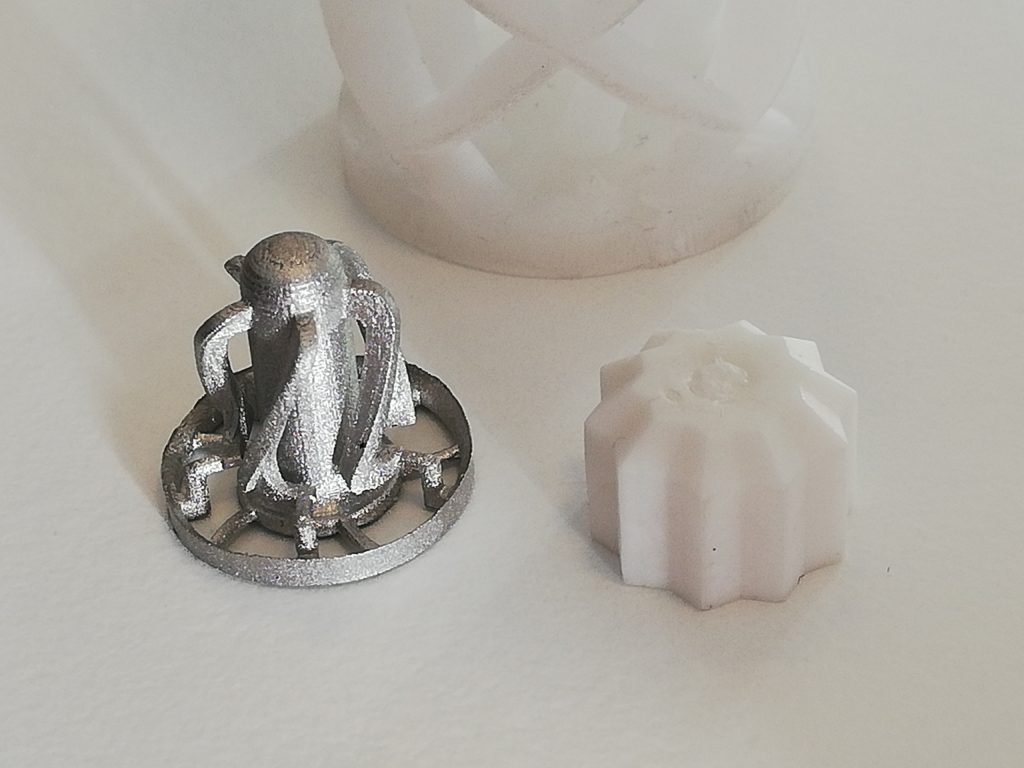
AddiFab’s FIM seems to be the ideal candidate for the production of small and complex objects and in mass customization of products. This possibility also sheds light on a current challenge the company will have to address: size.
Medical applications, for instance, would benefit the most from the Danish technology as they are subject to strict requirements for biocompatible materials.
Industrial electronics, automotive applications and spare part manufacturing are industries that yearn for this technology.
“Last, but not least, we have successfully helped manufacturers of recycled plastics bring their materials into the hands of developers”, states Staal.
What’s next?
“We have invested significant resources in metal and ceramic injection molding, and have received substantial funding under the EU Horizon 2020 program for the development of applications in this highly specialized area. In parallel, we are working our way through as many high-performance thermoplastics as we can get our hands on, with the ambition of reducing the gap between AM and injection molding. We are currently increasing our presence in the US market – with a sales office in the Silicon Valley area as the starting point – and we are pleased to note increasing interest from leading universities and research institutes in getting FIM integrated in the curriculae of engineers and toolmakers”, shares AddiFab’s representative.
FIM gives customers the flexibility and speed of Additive Manufacturing with the consistence and volume production of Injection Molding. With this advantage in hands, AddiFab absolutely becomes one to watch in this industry.
Remember, you can post free of charge job opportunities in the AM Industry on 3D ADEPT Media or look for a job via our job board. Make sure to follow us on our social networks and subscribe to our weekly newsletter : Facebook, Twitter, LinkedIn & Instagram ! If you want to be featured in the next issue of our digital magazine or if you hear a story that needs to be heard, make sure to send it to contact@3dadept.com



